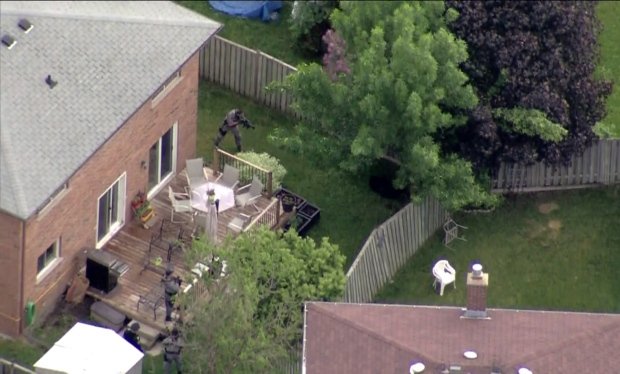Human Psychology and Fear of Bears
To Fear or not to Fear
It is with sadness that I write about how humans and wildlife can often have terrible interactions. Yes absolutely the potential danger posed by a bear is real, and their strength can cause harm to humans. Generally bears will avoid us, but in some cases - as in the case of last week's young bear that lost it's way from it's park into a Transylvanian town. The chaotic scenes of emergency personnel demonstrate the problem with public services that are managed to expected scenarios. Even though bears live in the wild of this Carpathian region (largest number of bears in Europe outside of Russia), it is clear this is a rare event, and the authorities did not have effective non-lethal tools.
The reporting below is in Romanian however the images and sense of disorganization is clear in the last part of video. The report begins by showing how young bears captured in previous incidents behave. The interviewed lady from the NGO states the shot bear probably had its mother shot by hunters, and was on his own - eventually roaming into the town to meet an unfortunate end.
source: Youtube.
The above incident has caused significant controversy - with even the president (who is from this town) weighing in to criticize the fact the bear was killed by a hunting rifle - rather than tranquilized (as in his opinion it posed no threat). There even is an official investigation into the discharging of a lethal weapon by the town's (Sibiu) elected officials. On the other hand, police would no doubt be soundly criticized if the bear (in a state of fear and panic) attacked a pedestrian. Based on how scared the little bear looked, that risk seemed unlikely, but how were the police to know?
A similar incident happened a world away just north of Toronto Canada last year. Police had to make a judgement call and killed a bear that had taken refuge in a tree. In that case, the government ministry in charge of wildlife was unable to dispatch someone to tranquilize in time. There was a school nearby, and it was feared that the bear may go there and subsequently kill or injure a child.
http://www.cbc.ca/news/canada/toronto/black-bear-roaming-newmarket-backyards-shot-dead-by-police-1.3095029
(source:cbc.ca)
Both cases illustrate that despite great respect and love for animals, human society (with few exceptions), will generally tend to kill a wild animal based on a perceived 'potential' danger. This is a fact that likely is closely related to our cognitive processes and instincts related to the perception of fear.
The Hope
The only positive trend is that there is a global movement to preserve nature. Through education, people value the importance of diverse ecosystems - even ones that include animals that may pose a rare risk to humans. The hope is that through technology, authorities will have more readily available non-lethal tools to address these rare cases. Instead of panic, people can and should assess the situation objectively: is there a true threat here?